What can we say about the case for reunifying the Parthenon Marbles that has not been said a thousand times before? What more can we add to the numerous persuasive argumentsalready made for reuniting the dismembered components of Phidias's finest achievement? How many more times must we convene to reiterate the importance of restoring coherence to a work of art whose desecration at the hands of Lord Elgin damaged one of Greece's greatest gifts to the world?
The answer to these questions is that there will always be more to say about the case for reunifying the Marbles. There will always be new and ever more compelling arguments for reuniting them in Athens. And until that happens our generation and future generations will continue to convene and will go on reminding the British Museum of its moral duty to restore to these objects the dignity that Lord Elgin so rudely snubbed.The story the Marbles tell, is of a cultural moment that is a precious and irreplaceable part of our birthright as Europeans and the bedrock of our democratic ideals. That story loses much of its narrative charge while its components remain dispersed across different locations.
The Parthenon Marbles are more than just a work of art. They are more than a mechanism through which to increase the footfall of cultural tourism. They are more than a means by which to impose some meaning on the randomly accumulated collections of an encyclopaedic museum.
The reason the Parthenon Marbles transcend conventional museum categorisation is that they have the potential to demonstrate that in a time of global economic turmoil and geopolitical unrest cultural objects can unite us across national boundaries and remind us of our shared humanity. I say 'potential' because there is an irrefutable logic to the proposition that a united,coherent sequence of objects that speaks with such clarity of our shared background is more likely to foster unity among nations than a fragmented series of objects that continues to symbolise disunion and cultural rupture. For this process to begin, however, the dialogue between Greece and London must rise to a higher level based on mutual trust and generosity of spirit.
The Parthenon Marbles are unquestionably important within the cultural landscape, but they have become renowned for all the wrong reasons. While they should be celebrated for representing the zenith of the Periclean building programme of fifth-century Athens, instead they are more widely recognised as the most controversial and divisive objects in world culture. They should be peacemakers but we are not allowing them to take up that peacekeeping role. Thus they have become emblematic of the wider disputes between western museums and developing nations that have become known as the 'culture wars'. While the Marbles remain immured within the Stygian gloom of the Duveen Galleries where their true significance to European art and culture is so wilfully misinterpreted and misunderstood — our attempts to build harmony in the realm of cultural heritage will be impaired. The international museum community — but more specifically the British Museum — has the power to repair that rupture. The symbolic resonance of a unifying gesture of this kind could be profound and long-lasting.
Dr Tom Flynn
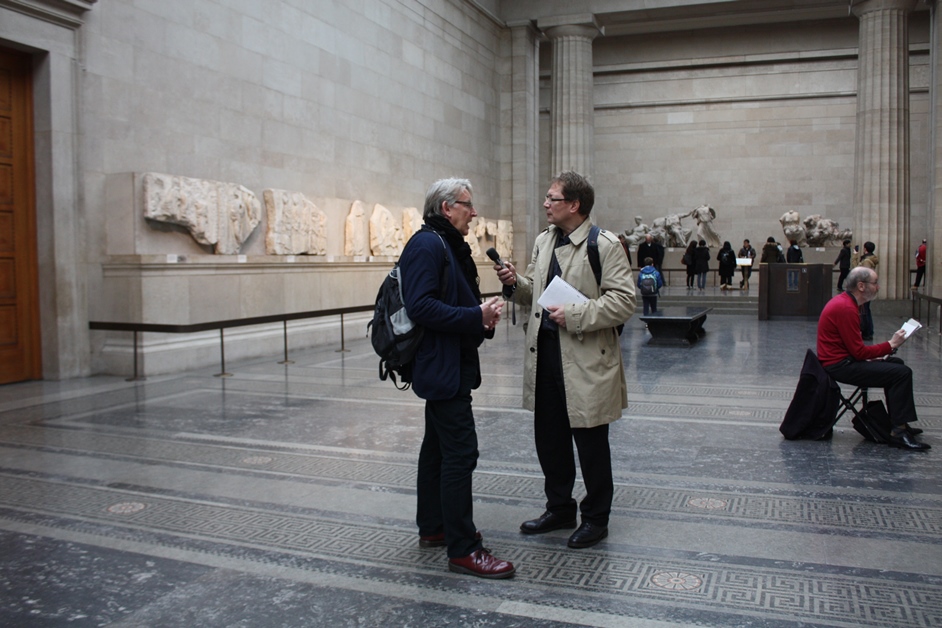
This extract is from a speech that Dr Tom Flynn made addressing a round table organised by the Swiss Committee for the Return of the Parthenon Marbles, held in the European Parliament, Brussels, Belgium, on the 16th of October 2013.

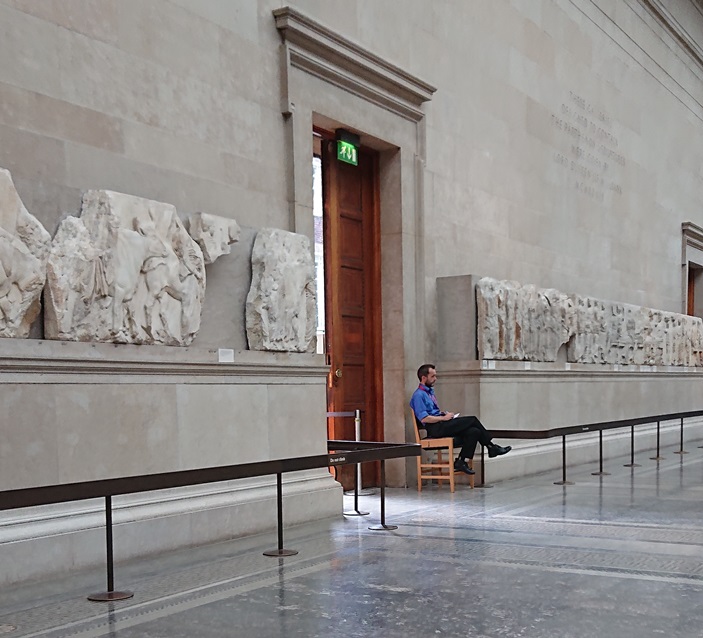
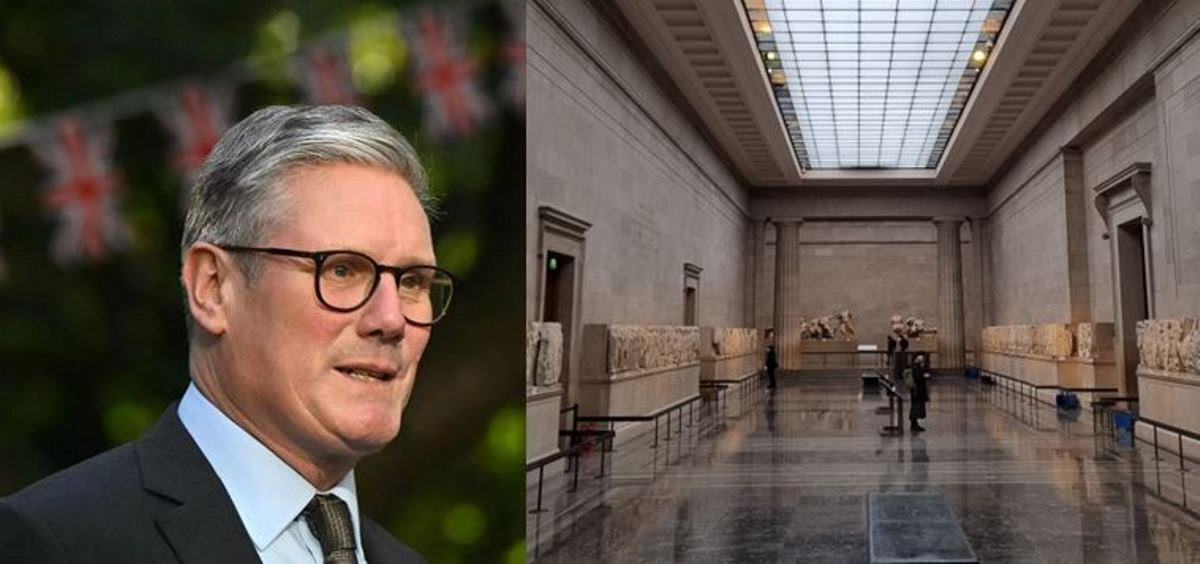
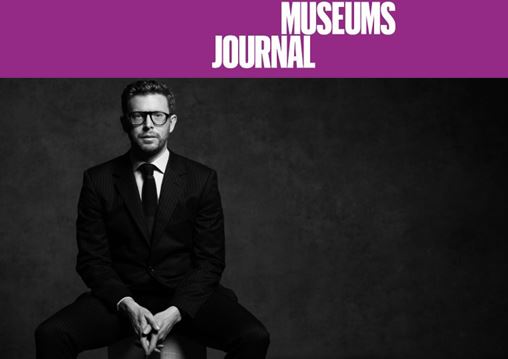
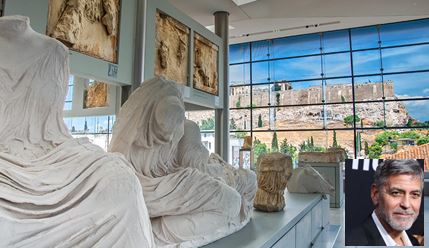
Comments powered by CComment